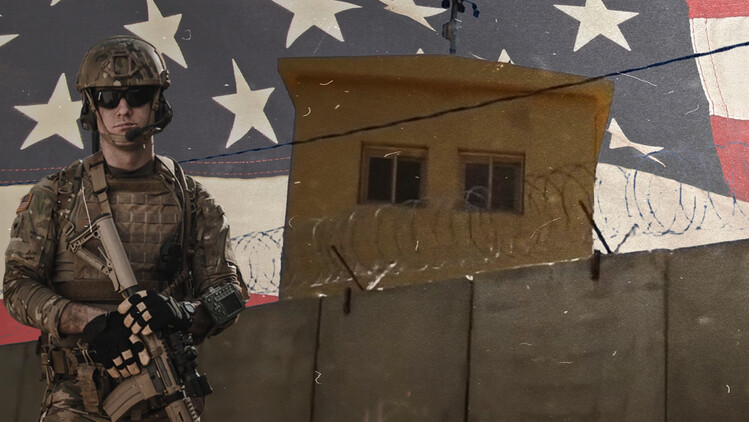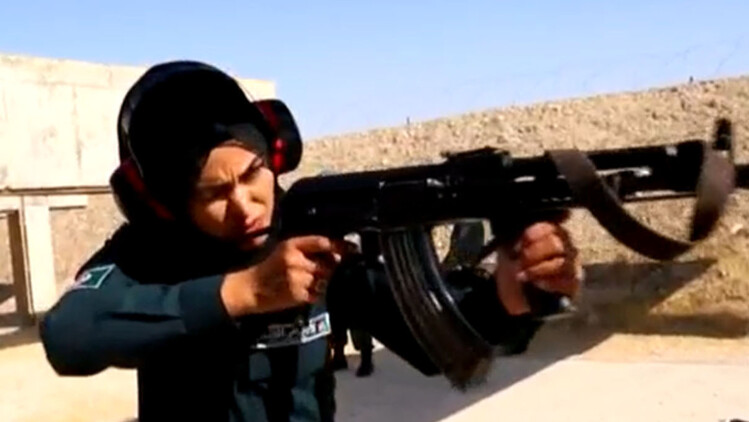From 9/11 to US troops' withdrawal: what 20 years of American presence have done to Afghanistan

The 20th anniversary of the 9/11 attack marked the end of America’s longest military presence in Afghanistan. The country, left in ruins, was taken over by the Taliban with an obscure future looming ahead.
“Afghanistan After the US” is an account of the events presented by people who found themselves on different sides of the conflict. American war vets, Afghan former pro- and anti- Taliban fighters and civilians recall what mark the war has left on their lives and their country.
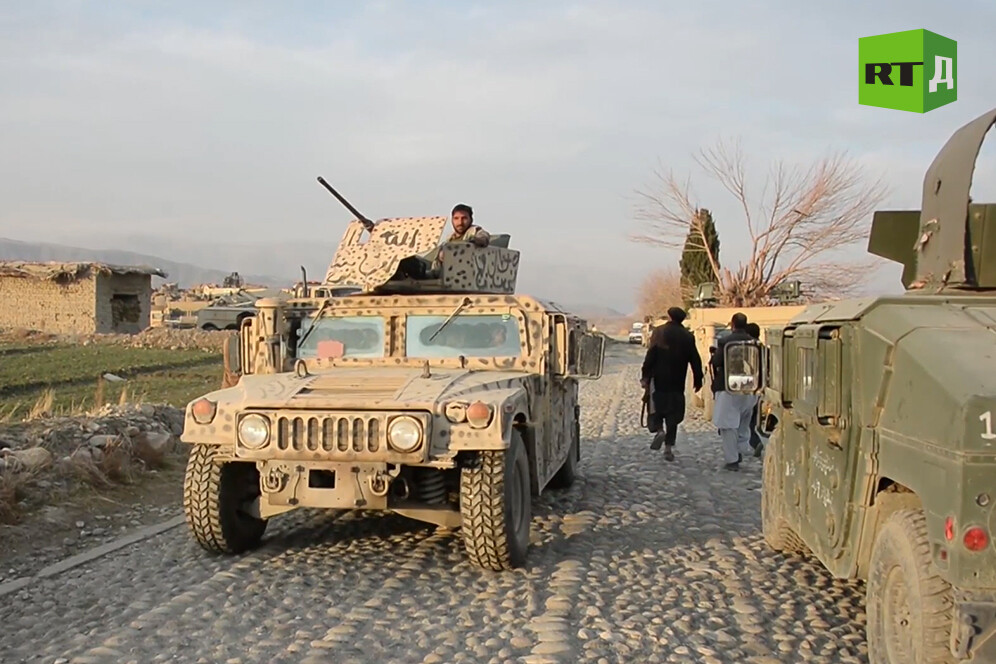
On October 7, 2001, the US and its NATO allies entered Afghanistan as part of ‘Operation Enduring Freedom’. The goal was to track down and kill Osama bin Laden — the terrorist deemed responsible for blowing up the World Trade Center. He was sheltered by the Afghan Taliban, but managed to get away from the Americans and go into hiding.
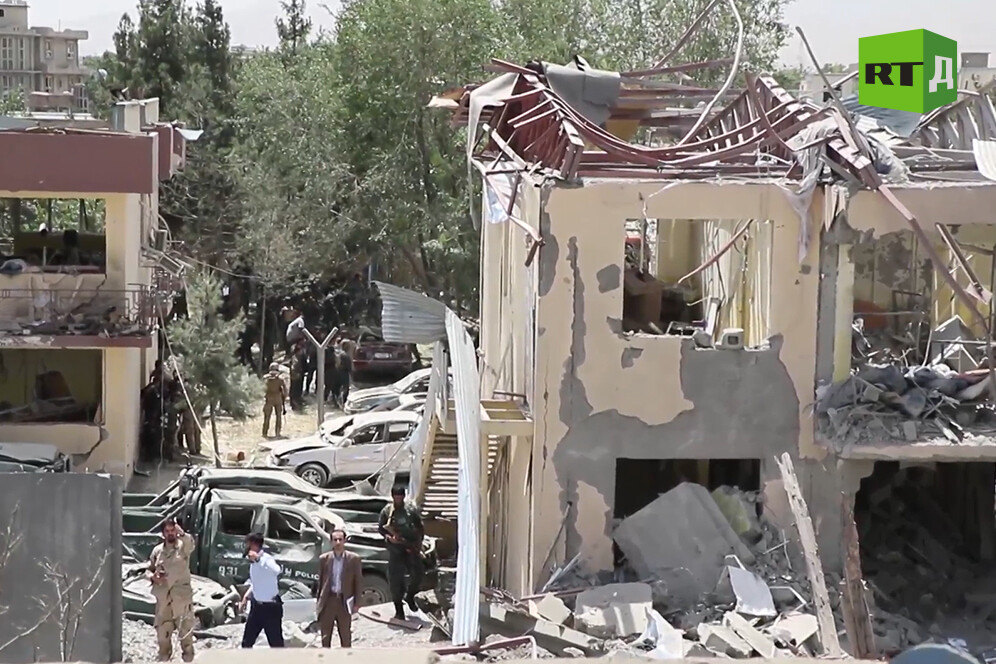
The hunt for bin Laden transformed into a “building a democracy” exercise, or rather, a fully-fledged military campaign with a lot of bombing and immense collateral damage.
“The Americans came and bombed mosques, schools and wedding parties,” says Haji Khan Wazi, Afghanistan’s resident. There were claims that the US military campaign was marked by torture, murder, and rape.
The bombs aimed at the Taliban accidentally blew up schools, hospitals and homes. The air raids resulted in numerous casualties among civilians, including women and children. Rabia, a young Afghan girl, recalls, “We woke up in the morning, with fighting on the street till evening. An unexploded missile was left there. The next morning, when we went to school, Jalil grabbed this rocket and it exploded in his hands. He died and 4 more were killed, and 5 injured.”
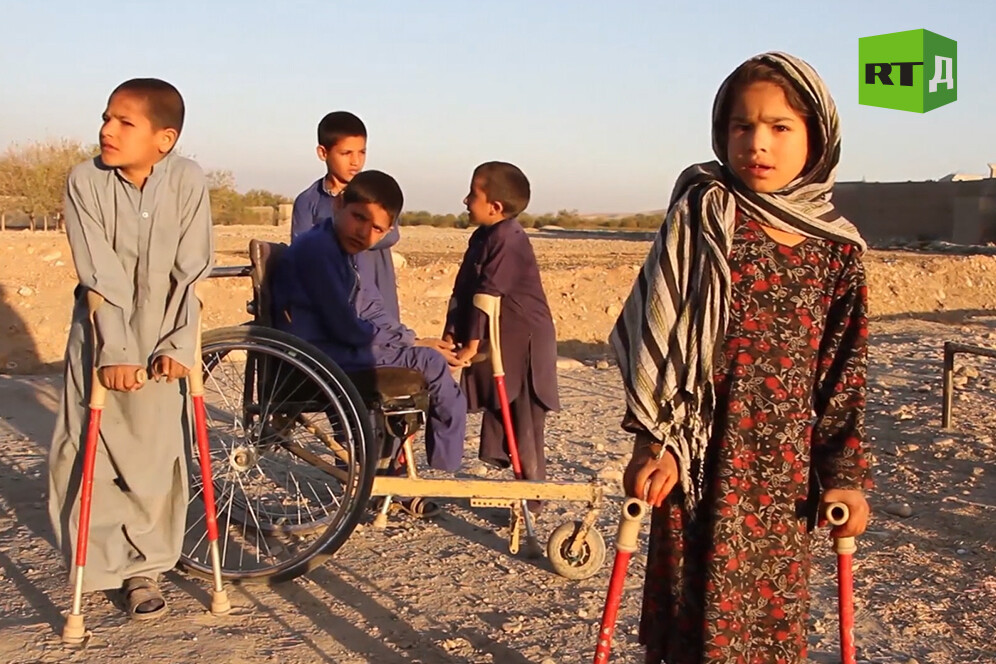
While at the beginning, many Afghans believed that the American campaign would bring wellbeing and civilization, they were disillusioned very soon. A former senior Taliban commander, Sayed Mohammad Akbar Aga, remarked that the US and its allies built next to nothing during their 20-year occupation. And Mohammad Amin Mokhliszada, an anti-Taliban fighter, even accused the US of keeping the Taliban intact to “continue to rule our people with the help of dark and ignorant forces.”
The partial withdrawal of the American forces as part of the 2014 Resolute Support plan under Barack Obama gave the US President good PR, but was disastrous for the Afghan army which had been left to deal with a full-blown war, while completely unprepared for it.
Peter Kuznick, a US history professor, elaborates: “Afghan army? Who was in reality the Afghan army? The United States has spent tens of billions of dollars to build up
this army of 300,000 people. 90% of the recruits in the Afghan army are illiterate. These are kids from backward rural villages, have no belief in the army, no support of the central government, and are very backward in a lot of ways.”
In the years of the American presence, Afghanistan has become the world’s leader in heroin production, and that lead is increasing every year. Poppy is the most desirable plant to cultivate, and its acreage equals that of some European countries. Almost all of the population is involved in heroin production somehow. However, since the bulk of this heroin never actually reaches America, the US administration let it slide. Former CIA officer John Kiriakou, recalls the words of then-Secretary of State John Kerry telling him to ignore the issue, because “it all goes to Iran and Russia, and we don’t care if they’re heroin addicts.”
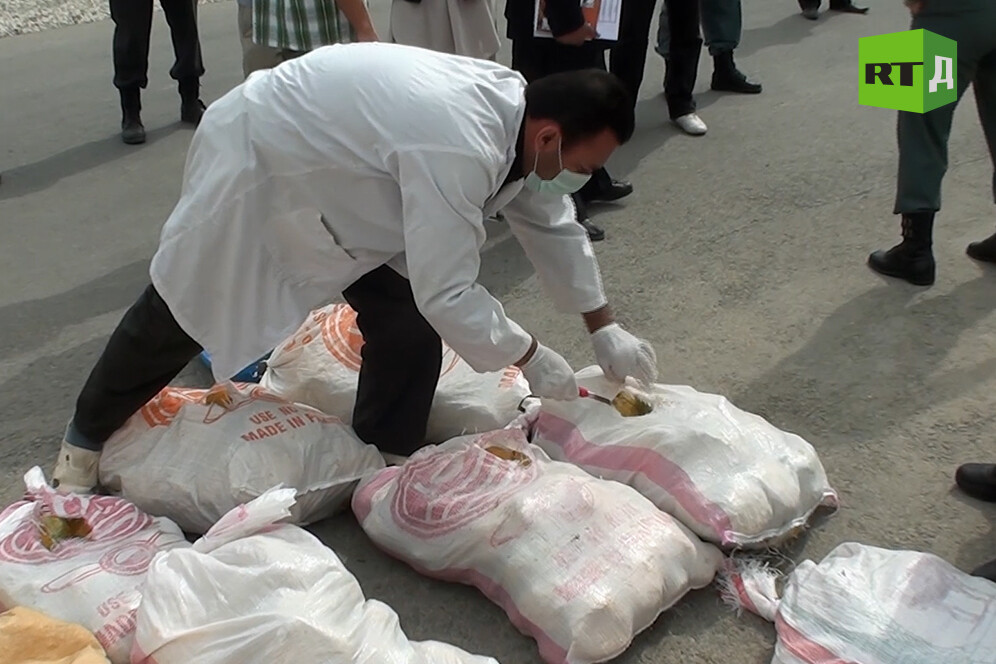
Women are another group who have been left in dire straits, since the Taliban have taken over and imposed their new orders. Women’s faces on ads in Kabul have been painted over, beauty salons were boarded-up. Women have to wear the burqa. Fahrie
has owned a yoga studio in Kabul since 2017, and it was very popular, but once the Taliban came, she started to get phone threats, “When I started getting threats, it was all over social networks for two weeks. The threats I was receiving were getting media coverage, too”.
In the 1990s, the Taliban restrictions concerning women were very harsh and even life-threatening. Female Afghanistani’s could be stoned to death for failing to wear a paranja in public. They were forbidden to leave their households without a male relative. Women were denied both an education and careers, and even medical care. Now they claim they will let women be educated and have a job, among other “concessions”. But will they hold true to their word?
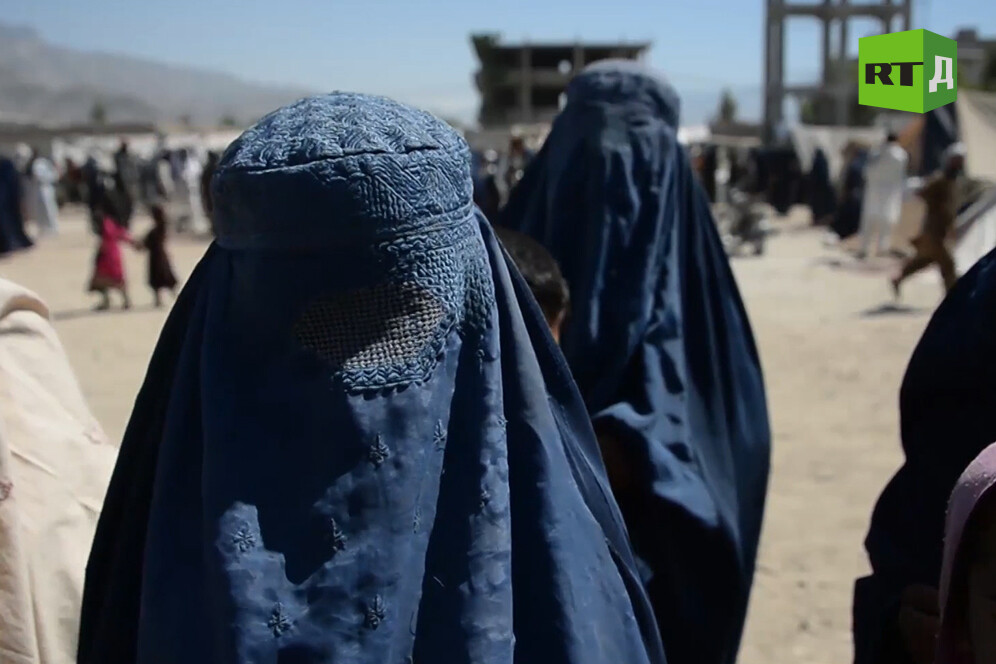
For the full story, watch RT Documentary's film, “Afghanistan after the US”:
